Twelve colorful heroes flood the Greek city of Ilios. Among the clay homes spilling down the city’s coastline, a cybernetic ninja wields a glowing green sword. An Egyptian sniper tosses a biotic grenade in his direction, saving him from the swine monstrosity pointing a hook in the fighter’s direction.
Rockets soar between the crumbled statues while battered heroes rush into battle. This is Overwatch.
A team-based shooter with 24 heroes, Overwatch is a new endeavor for developer Blizzard Entertainment. It’s the developer’s first-person shooter, and its first game released on PC and console, bringing in players who might otherwise wouldn’t be able to give it a try. Overwatch’s worldwide servers are full of players—more than 25 million of them.
A competitive game with a hero for everyone, Overwatch is inviting to all players. New to the game? Let’s get you set up.
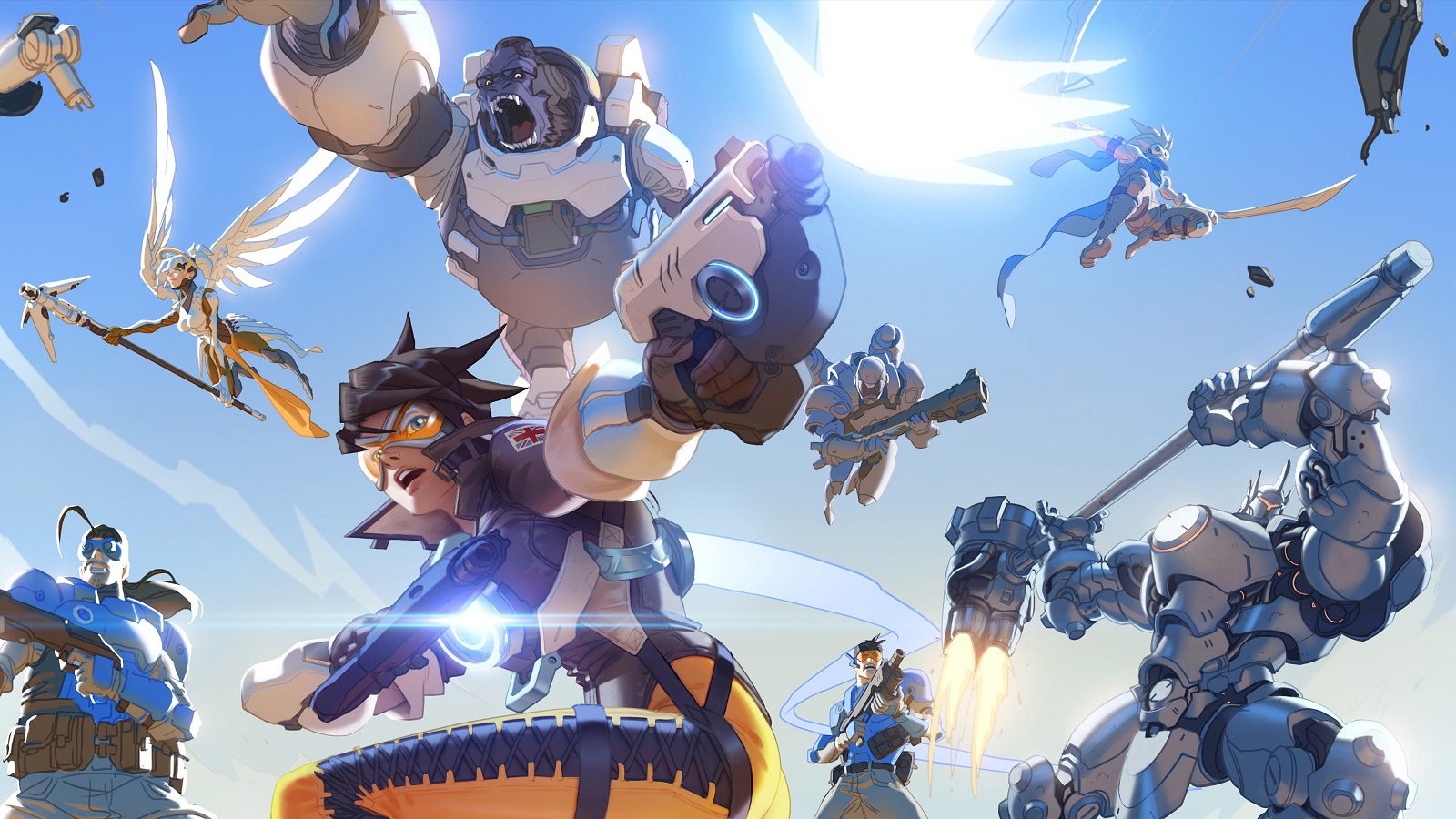
What’s Overwatch?
Created by Blizzard, Overwatch is a first-person shooter with multiplayer online battle arena (MOBA) elements. Unlike a straight shooter like Counter-Strike: Global Offensive, Overwatch has a variety of heroes with varying abilities unique to themselves. Abilities like rockets and shields fill Overwatch’s hero kits, making each individual hero unique to themselves.
While getting kills is certainly important in Overwatch, it’s not the main goal. Instead, you’re fighting to push a payload or capture points. Of course, taking out the enemy team is part of that, but Overwatch’s different roles center the objective less on getting kills and more on working together to reach an objective.
Overwatch costs $40 on PC and $60 on PlayStation 4 and Xbox One. For console players, just pop in the disk or push play on your download. PC players will have to buy the game and download Blizzard’s Battlenet client. Clicking on the Overwatch icon on the left hand side of the client will pull up the Overwatch hub. Blizzard’s got a bunch of videos and news populated throughout the Overwatch hub, but to play, you’ve just got to hit play. From there, the game will launch.
What to play
Those first starting out will likely want to head into the training arena to get used to Overwatch’s heroes. Playing the tutorial will start you off as Soldier: 76—the guy who could be in any modern shooter—to get started. In the practice range, you’ll be able to pick any hero you want and attack practice bots. The practice versus AI option will put you into games against AI enemies, but with real folks playing alongside you on your team. This option is also available by clicking the play button on the left side of the screen, too.
Under play, you’ll also find quick play, arcade, and competitive play—though competitive play will be unavailable until you reach level 25. And that’s a good thing: You want to get used to the game before you head into a seriously competitive environment. It’s best to get used to a few different heroes in training or play versus AI before reading into either of Overwatch’s main playlists.
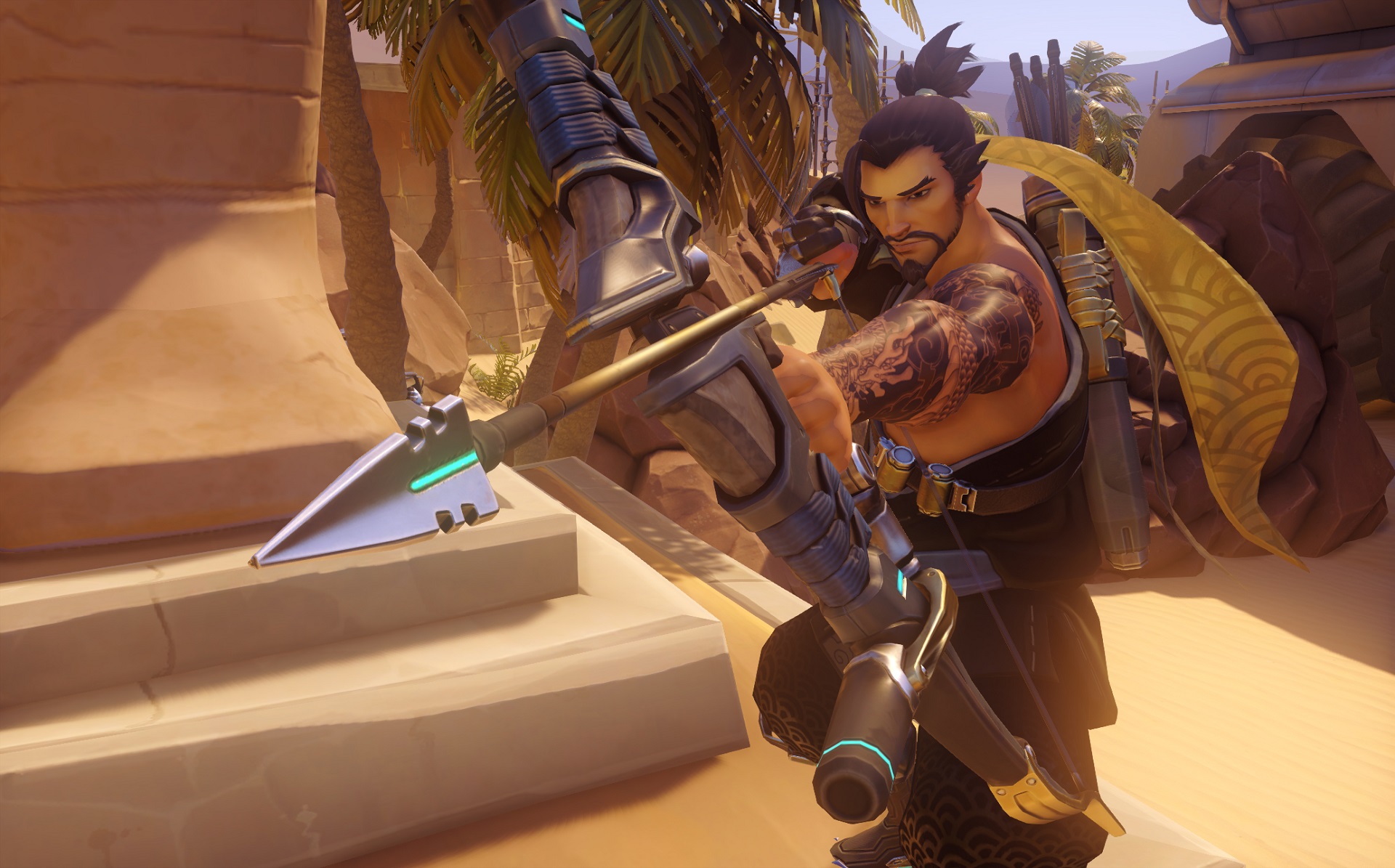
Controls
Each of Overwatch’s heroes vary in play style and design, but controls are relatively similar. All heroes have a primary fire weapon automatically bound to the mouse’s left click button. This fire will be used most often in battle, and is the most standard to other first-person shooter games. Secondary fire changes for each hero, but it will always be automatically bound to the mouse’s right click button. For instance, McCree’s primary fire is his a single shot from his pistol, while the secondary fire unloads the pistol’s entire clip. For a support hero like Mercy, her healing beam is bound to the primary fire, while her damage boost is the secondary fire. Switching to her gun, she’s just got the primary fire: And as usual, it’s bound to the left click on the mouse, unless you manually change it.
For a quick melee, push V. Alternatively, as with any of these, you can remap this for easier access. Reload is bound to the R key, while players can switch through alternate weapons using the scroll wheel. Overwatch has settings to make universal changes for these settings, but you’re also able to make individual adjustments for each hero. Playing around with these settings will help optimize your controls for each hero.
Heroes
Team composition will change up which hero you want to play. You don’t always need one of each hero type, but it can be good. Those hero types are offense, defense, support, and tank. Blizzard has 24 Overwatch heroes available at this time, with more being released every four months or so. Let’s take a quick look at each hero type. For more detailed explanations on how to play each hero, check out our individual hero guides.
Offense
Genji, McCree, Sombra, Pharah, Reaper, Soldier: 76, and Traer are Overwatch’s offense heroes. Each of these heroes is designed to do a lot of damage, whether it be from the front line or as a flanker. They aren’t necessarily interchangeable, though. Depending on the situation, you’ll want to decide what DPS hero works best for your team. Does the other team have a Pharah? Then you’ll want a hitscan hero like Soldier: 76. Do they have a Tracer? McCree’s abilities make him a nice counter for that.
But as you’re starting out, it’s best to try everything out. Team composition is important at lower levels, but it’ll be a process as you figure out when and where to use each hero.
Defense
Overwatch’s defense heroes are Bastion, Junkrat, Hanzo, Mei, Torbjörn, and Widowmaker. These heroes are great at holding capture points, creating a serious hold or attacking teams to break through. Overwatch’s defense heroes vary incredibly in what they’re designed to do. Mei, for example, is great for crowd control and zoning, while Junkrat is perfect for breaking Reinhardt’s shield.
Tank
D.Va, Reinhardt, Roadhog, Winston, Zarya, and Orisa are Overwatch’s tank heroes. Reinhardt and Orisa are the game’s two anchor tanks, meaning they’ve got more traditional shield barriers designed for holding points and protecting the team. Teams are often built around anchor tanks, making them a core part of each game. Heroes like D.Va and Roadhog are meant to be more aggressive, but have a lot of health so they can soak in damage and protect their team.
Support
Support heroes in Overwatch are Ana, Lúcio, Mercy, Symmetra, and Zenyatta. These heroes are designed to, well, support teams. Ana, Lúcio, Mercy, and Zenyatta have abilities that can restore health of allied teammates, while Symmetra has defense, shield, and teleporting abilities. Each of these heroes is viable in different situations, with varying abilities each important in keeping allied players alive.
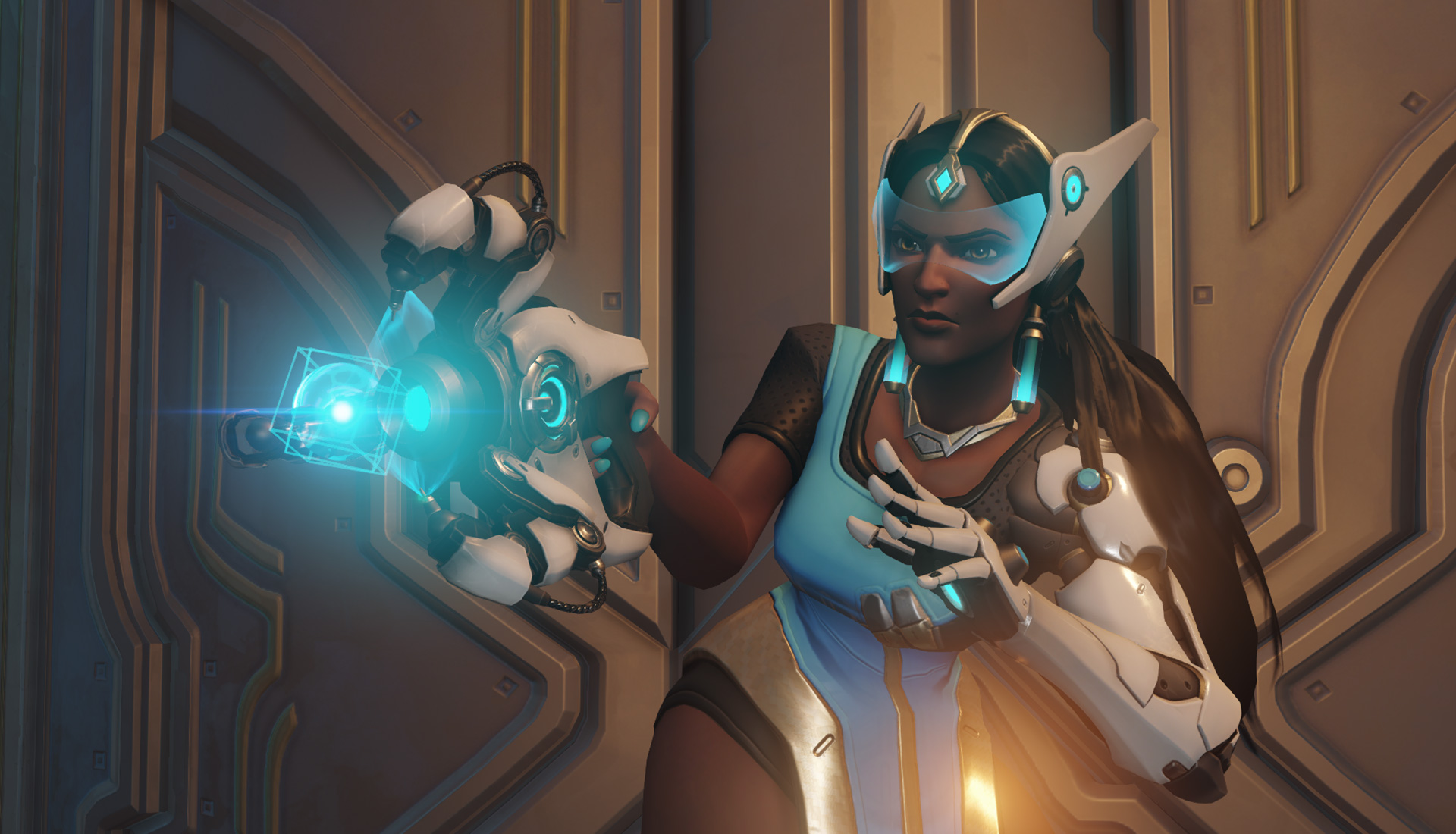
Game modes
So what can you expect when you do head into competitive, quick play, or play versus AI? Once you’ve queued up, you’ll be placed into one of four different game types: Assault, escort, hybrid (assault/escort), or control. There’s more to Overwatch than just killing as many enemies as possible. If you don’t meet the objective, you’ll lose, regardless of what your kill/death spread is.
Assault
On Assault, the attacking team must attempt to capture a point from a defending team. The defenders, as such, will try to stop the attacking team from capturing their point. Should the attackers capture the first point, the game will move on to a second point. Assault maps include Hanamura, Temple of Anubis, and Volskaya Industries.
Escort
Escort maps require a payload to be pushed across a map to its delivery point. Attackers stay on the payload to push it forward, while defenders try to stop its progress. The payload will hit certain checkpoints along the map to designate their progress. Stalling the payload long enough as a defender will push the payload backwards, but it will only go as far as the last checkpoint. Escort maps include Watchpoint: Gibraltar, Dorado, and Route 66.
Hybrid
Hybrid maps combine both assault and escort game types. The game begins as an assault map, where an attacking team is looking to capture a point. Once it’s been captured, the game type becomes escort, and the payload will begin to move. Hybrid maps include King’s Row, Numbani, Hollywood, and Eichenwalde.
Control
On control maps, two teams fight for control of one objective in a best of three series. To capture a point, you must push the opposing team off the point for a certain amount of time. Progress will be displayed in the Overwatch overlay. Once it’s captured, a percentage ticker will begin counting up toward 100 percent. The point can switch back and forth between teams, but the first team to reach 100 percent wins the point. After each point, the map location changes to a different point. Control maps include Lijiang Tower, Nepal, Ilios, and Oasis.
Communication
Communication is one of the most important skills you can learn in Overwatch. There’s a variety of ways to communicate, but the most efficient is likely using a microphone. Staying engaged with your team, calling out enemies, and having a positive attitude goes far in most Overwatch games.
Professional Overwatch players are almost never playing silently. There’s always something to call out: Do you have your ultimate? There’s likely another player on your team who’s got theirs, too, and teaming up with them can maximize damage. Notice a Reaper trying to flank? Let your teammates know to be on the look out. Is the other team’s healer low health, but out of reach to you? Maybe someone else can knock ’em out. Are you low health? Let your healer know. (Politely.)
Even if you’re the only player on your team using voice chat, you can still help out your team. Those quietly sitting in team chat can still benefit from a single player calling out the opposition. Likewise, if you don’t want to chat, still listen in. Information is essential in Overwatch. The more your team has, the better you’re going to do.
If you can’t use the microphone for any reason, then use your in-game chat wheel. There are options here for some of the most important aspects of the game — thanking your teammate, alerting the healer you need help, and announcing your ultimate status. But if you want to play at a top level, you need to use your mic. Speak to your teammates.
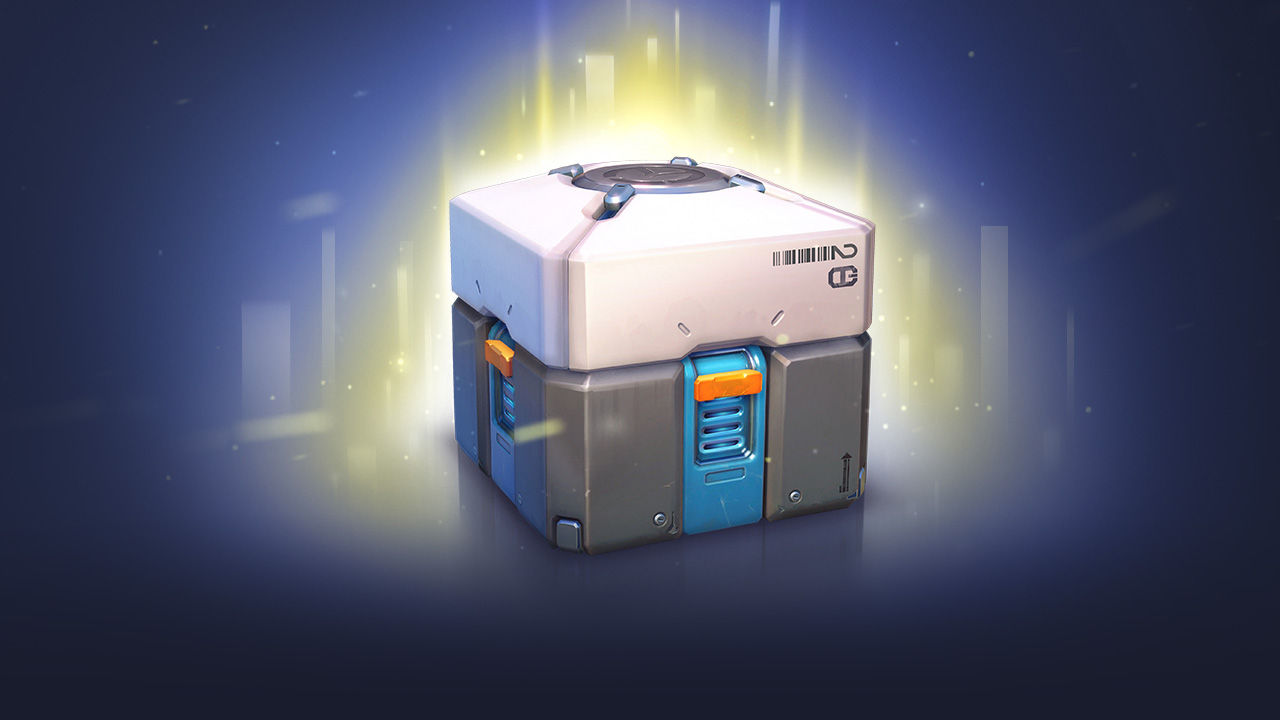
Loot and levels
Playing games will earn you levels. Each game adds points, filling up a ticker that levels up once it hits its mark. Levels don’t designate skill much, but instead is a badge of how much you’ve played.
Each level will you you one loot box, and that’s where you get Overwatch’s skins, emotes, and voice lines. Oh, and highlight intros and sprays, too. These are all purely cosmetic and won’t impact the game outside of look. They are, however, really fun! There’s tons to collect, and you’ll find yourself more and more addicted to leveling up for loot boxes.
Outside of playing the game, you can just buy loot boxes from the Overwatch loot box shop.
Now that you’ve got the bare basics of Overwatch down, queue up! We’ll leave you with a few key tips to keep in mind: Group up and move in as a team. Don’t be afraid to change heroes, but wait until you’ve used your ultimate so it doesn’t go to waste. Talk to your teammates and stay positive. Pay attention to the maps and learn flanking routes. Overwatch isn’t just about getting tons of kills. And most importantly, get on that payload.




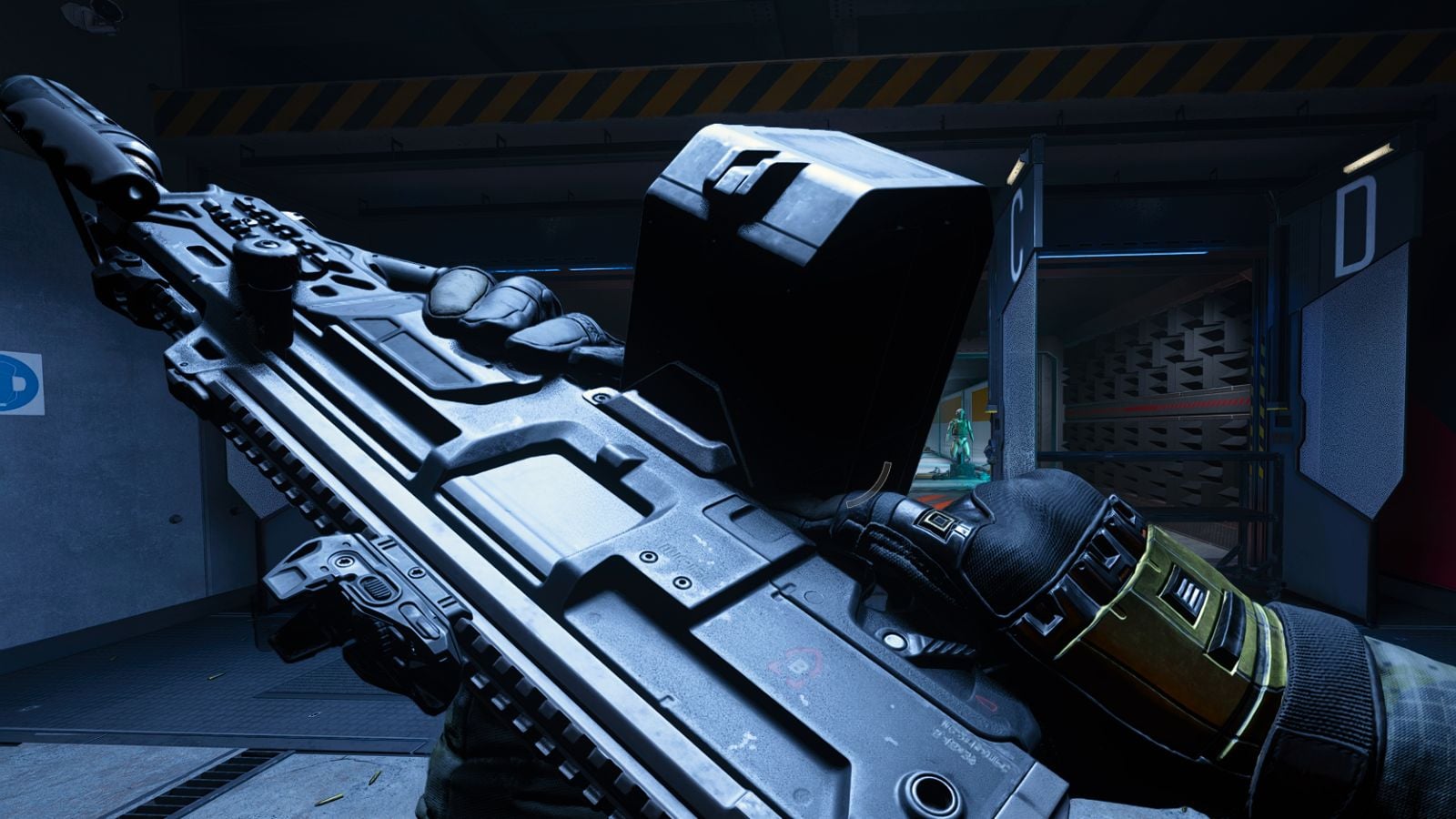

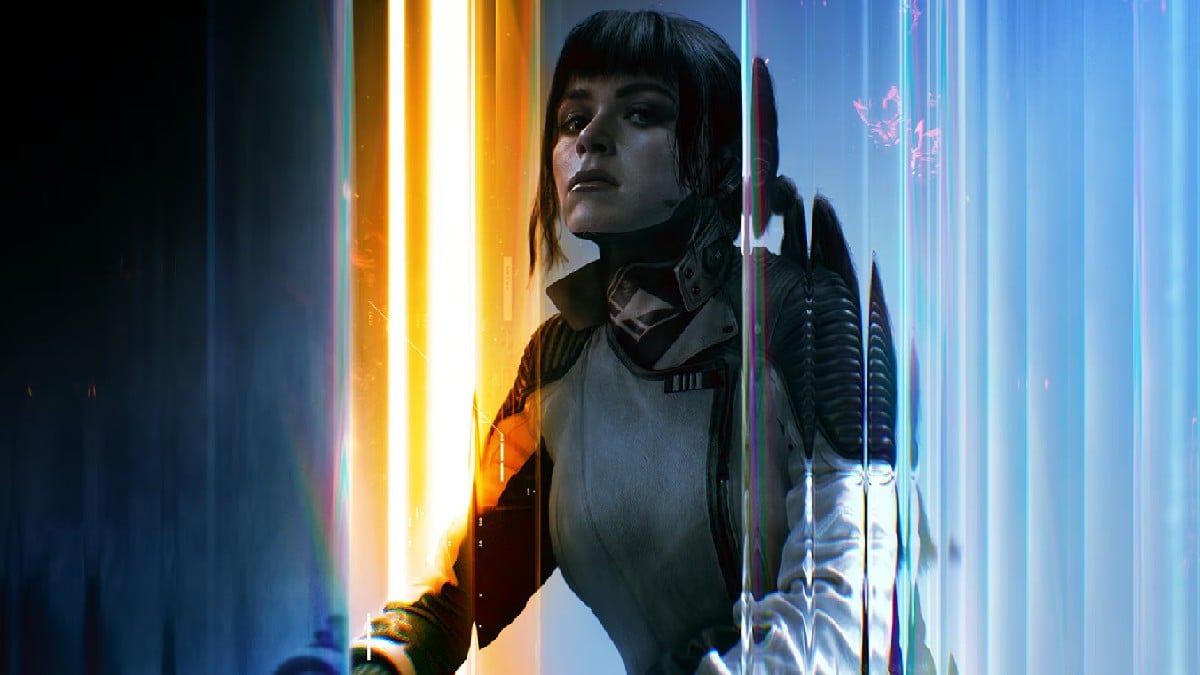
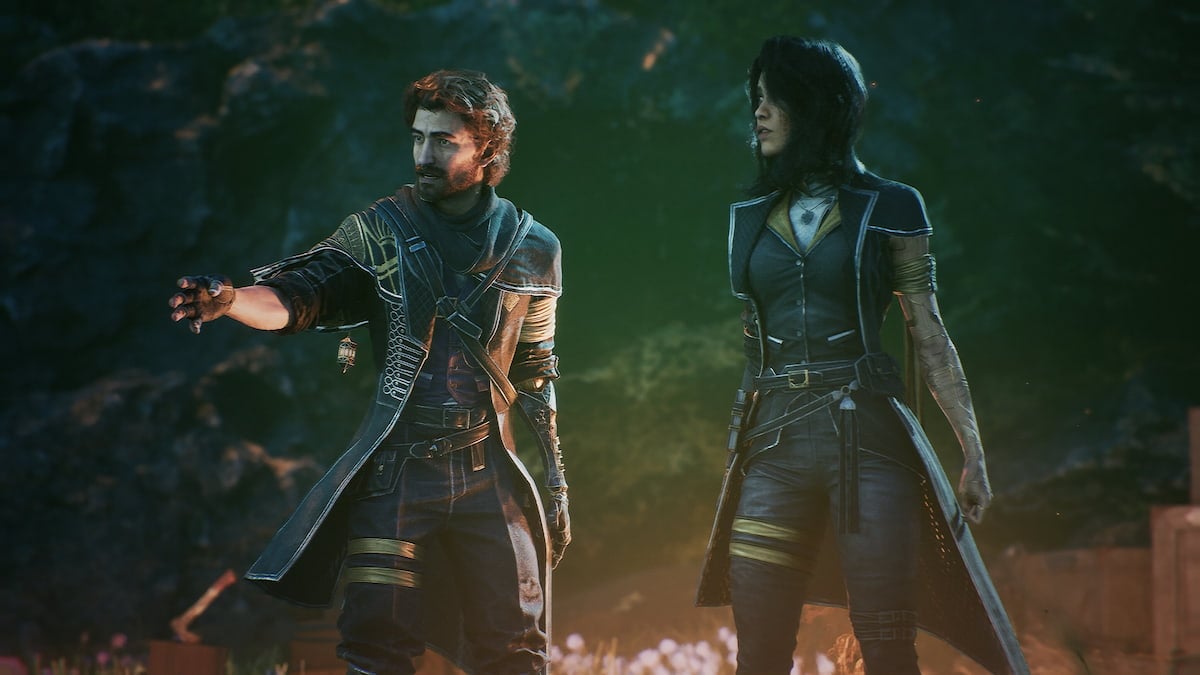
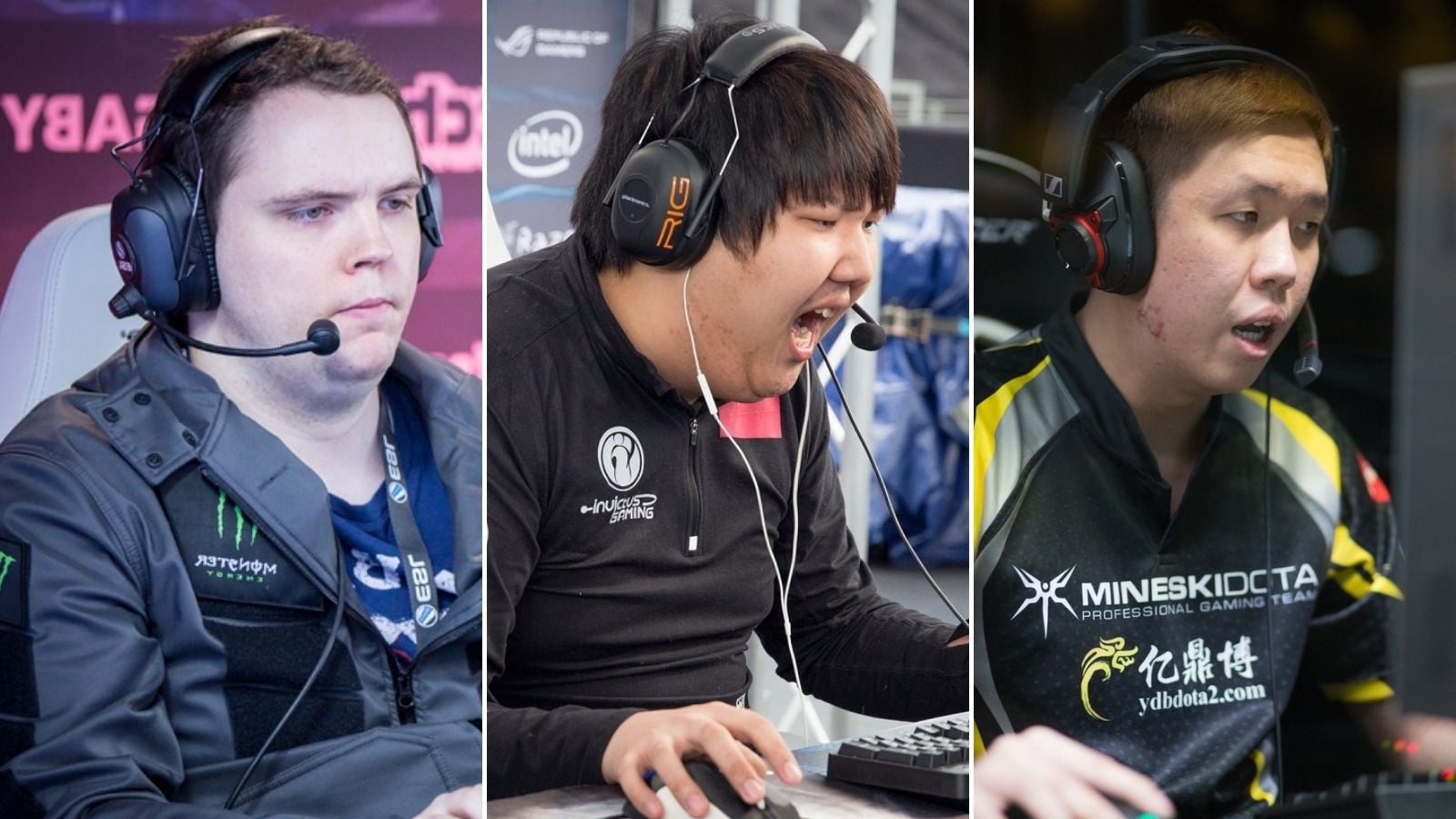
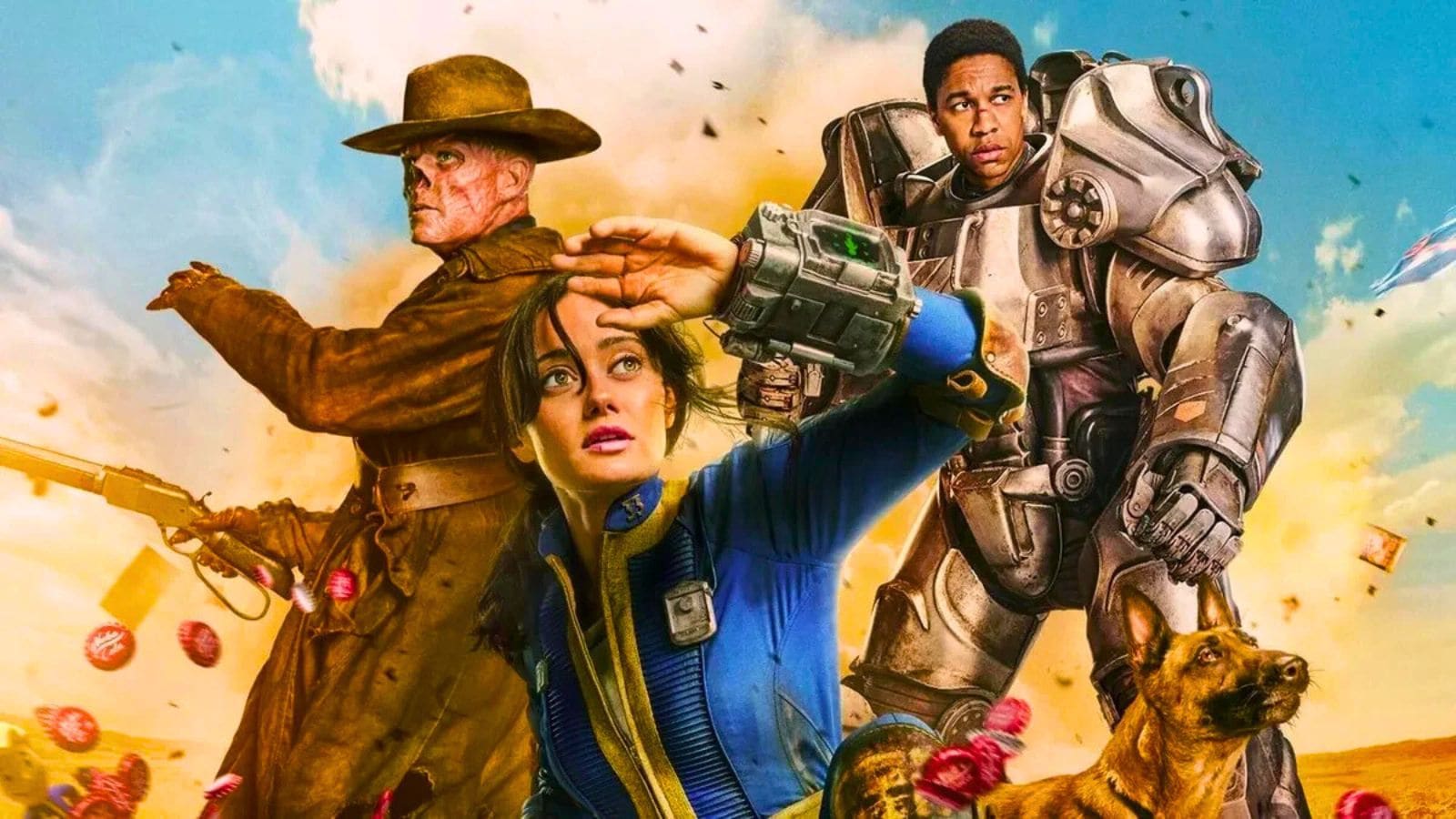
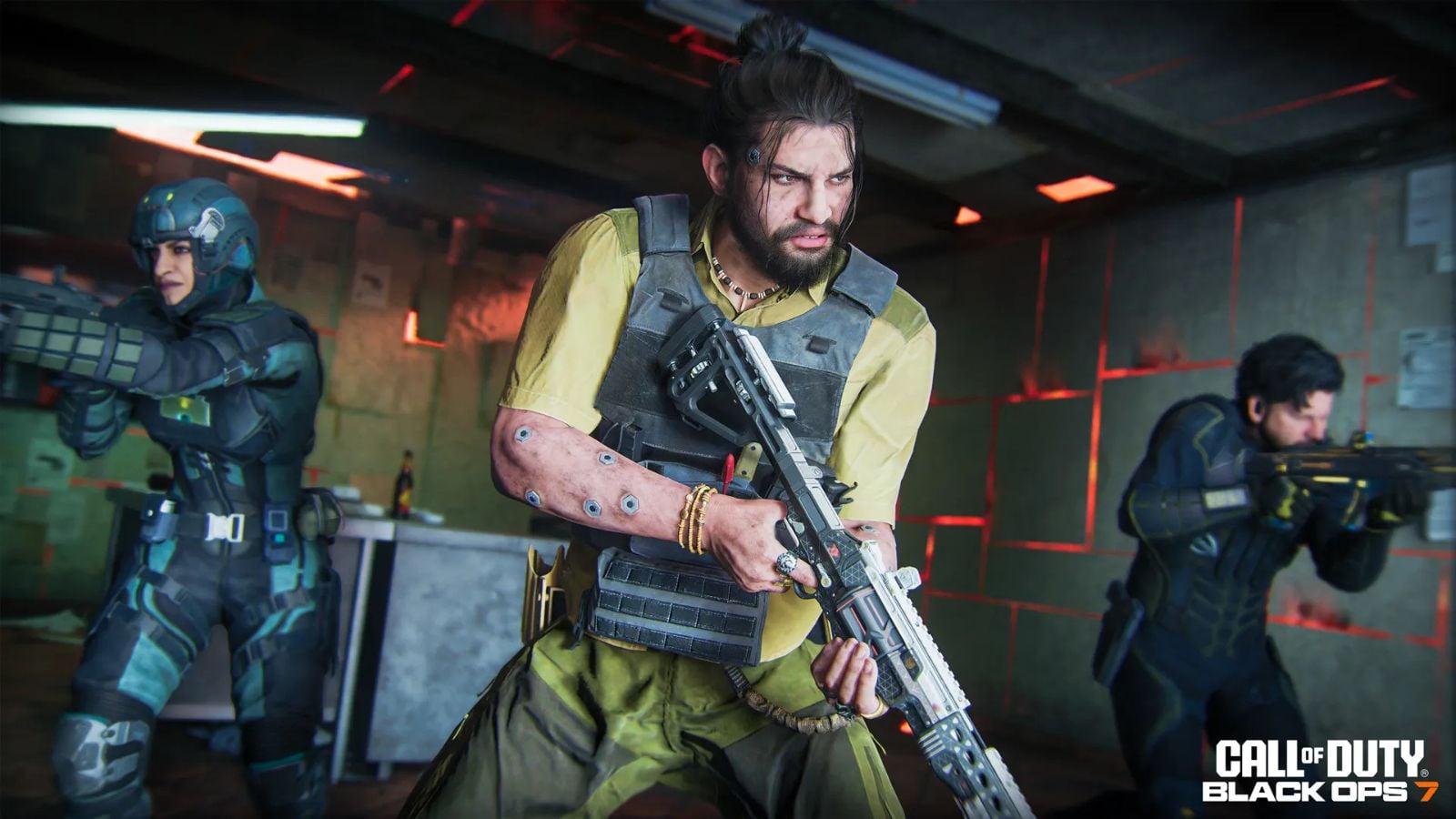
Published: Mar 23, 2017 11:45 am